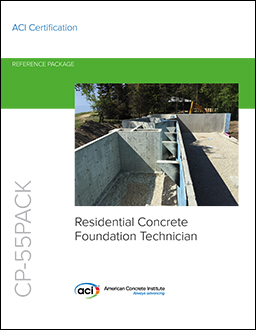Some Known Factual Statements About Residential Waterproofing Systems - Tremco


3 Keys to Building a Good Foundation - Durango Custom Works, LLC
The Main Principles Of Delancey Street Foundation - Home
It is normally more economical if the masonry unit's compressive strength varieties in between 1,500 and 3,000 psi. The basic block used in property and light-frame industrial construction is usually rated with a design strength of 1,900 psi, although other strengths are available. Concrete masonry systems are described by grades according to their planned usage per ASTM C90 (ASTM, 1999) or C129 (ASTM, 1999).
Grade S may be utilized above grade. The grades are described listed below. Grade N is generally required for basic use, such as in interior and backup walls, and in above- or below-grade exterior walls that may or might not be exposed to moisture penetration or the weather. Grade S is generally restricted to above-grade use in exterior walls with weather-protective coatings, and in walls not exposed to the weather condition.

Type I is a moisture-controlled unit that is normally defined where drying shrinking of the block due to moisture loss may lead to excessive breaking in the walls. Type II is a non-moisture-controlled unit that appropriates for all other uses. Residential foundation walls are typically built with Type II units.

15 Different Types of House Foundations - Home Stratosphere

Foundation Settling – Residential Construction, Alpharetta, GA - Cantsink Atlanta
The 10-Minute Rule for City Residential Foundation Repair - Better Business Bureau
Concrete masonry units are generally described as lightweight, medium-weight, or normal-weight, with respective unit weights or densities less than 105 pcf, between 105 and 125 pcf, and more than 125 pcf. Residential structure walls are usually built with low- to medium-weight units due to the fact that of the low compressive strength needed.
A typical practice in property basement foundation wall building is to supply a cement-based parge covering and a brush- or spray-applied bituminous finish on the below-ground portions of the wall. Go Here For the Details is usually needed by code for basement walls of masonry or concrete construction; however, in concrete building and construction, the parge covering is not required.
The net concrete cross-sectional area of the majority of concrete masonry systems ranges from 50 to 70%, depending on unit width, face-shell and web densities, and core setup. Hollow units are specified as those in which the net concrete cross-sectional location is less than 75% of the gross cross-sectional area. Strong units are not always solid but are specified as those in which the net concrete cross-sectional area is 75% of the gross cross-sectional area or higher.
